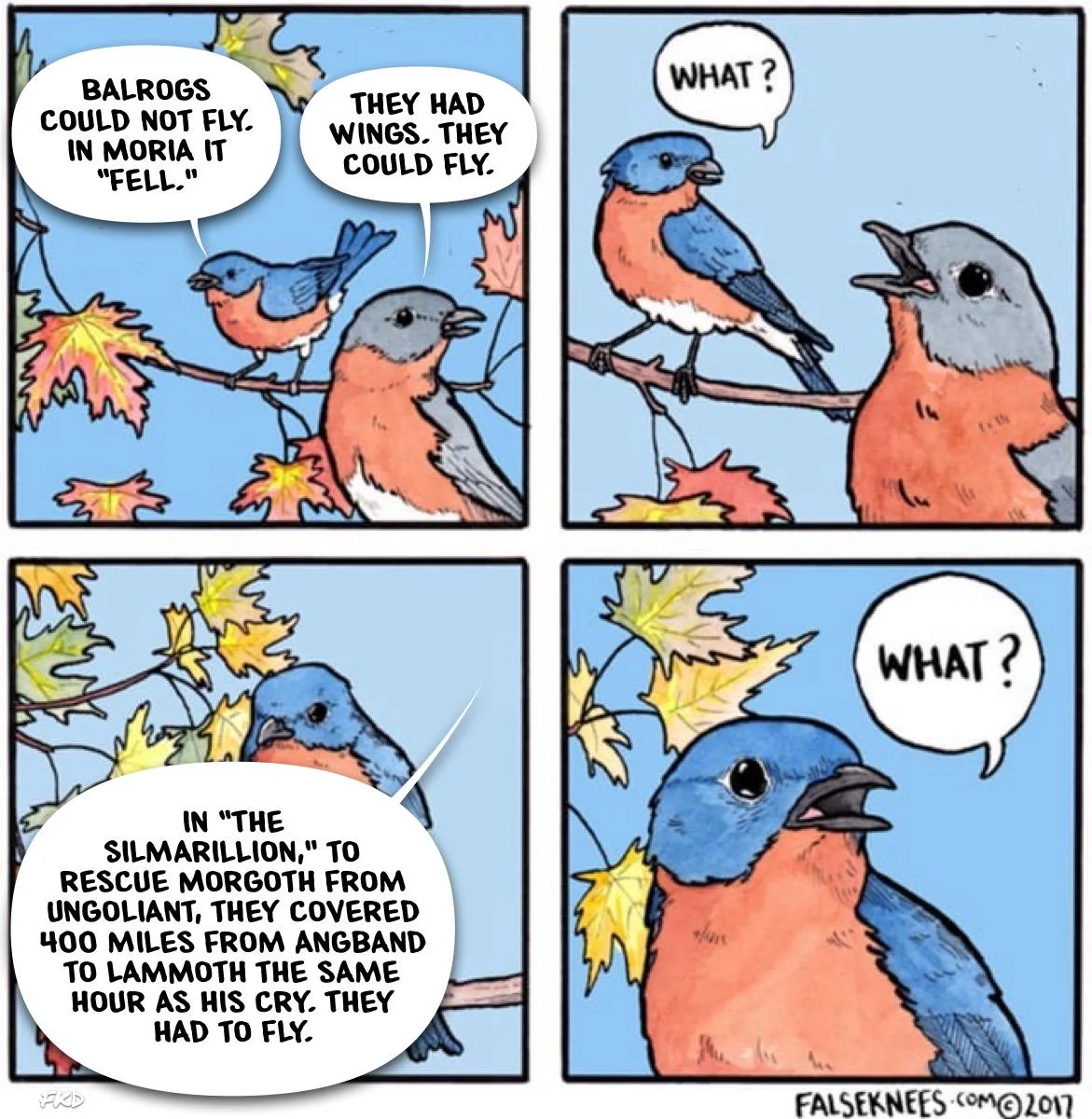this post was submitted on 31 Oct 2024
226 points (98.3% liked)
Comic Strips
12355 readers
3494 users here now
Comic Strips is a community for those who love comic stories.
The rules are simple:
- The post can be a single image, an image gallery, or a link to a specific comic hosted on another site (the author's website, for instance).
- The comic must be a complete story.
- If it is an external link, it must be to a specific story, not to the root of the site.
- You may post comics from others or your own.
- If you are posting a comic of your own, a maximum of one per week is allowed (I know, your comics are great, but this rule helps avoid spam).
- The comic can be in any language, but if it's not in English, OP must include an English translation in the post's 'body' field (note: you don't need to select a specific language when posting a comic).
- Politeness.
- Adult content is not allowed. This community aims to be fun for people of all ages.
Web of links
- [email protected]: "I use Arch btw"
- [email protected]: memes (you don't say!)
founded 1 year ago
MODERATORS
you are viewing a single comment's thread
view the rest of the comments
view the rest of the comments

The balrog in Moria was chasing the fellowship. If it could move at 400 mph (by any means) then it would have caught them immediately. We know that some balrogs are weaker than others since it is said that Gothmog was the mightiest. My conclusion is that if the balrogs literally flew by mundane means to Melkor's aid, then the balrog in Moria was particularly weak (and cowardly) and did not participate in rescuing Melkor. I presume that's also why it hid deep underground for so long rather than fighting and being banished along with the other balrogs.
With that said, I think Melkor summoned the balrogs to himself by magical means (but they can't teleport on their own). None of them could go 400 mph. That's just silly. They're not Sonic the Hedgehog. I also think that balrogs can't fly. The word "wings" is a metaphor for the way flames spread from them.
(I don't claim that the text rules out the possibility of wings and flight. The balrog might have fallen with Gandalf because they fought a metaphysical battle, dragged down by the "weight of its sin".)
Edit: I think we actually agree. I'm just elaborating.
Edit 2: I found a picture that shows what I think a balrog's "wings" look like.
And completely in keeping with every other facet of fantasy if you want to be that way. A Baalrog can go 400mph just as easily as Gandalf could teleport. All it takes is the stroke of a pen.
That's true in a trivial sense: there's no law of nature that enforces verisimilitude in any work of fiction. However, most authors aim for verisimilitude, and the good ones achieve it. I'm not talking about the top speeds of balrogs because I think there's some objective answer, but rather because I think that Tolkein does achieve verisimilitude (at least in some regards) and therefore there is a foundation for discussing the traits of his fictional beings. He easily could have given balrogs rocket skates, but he didn't.